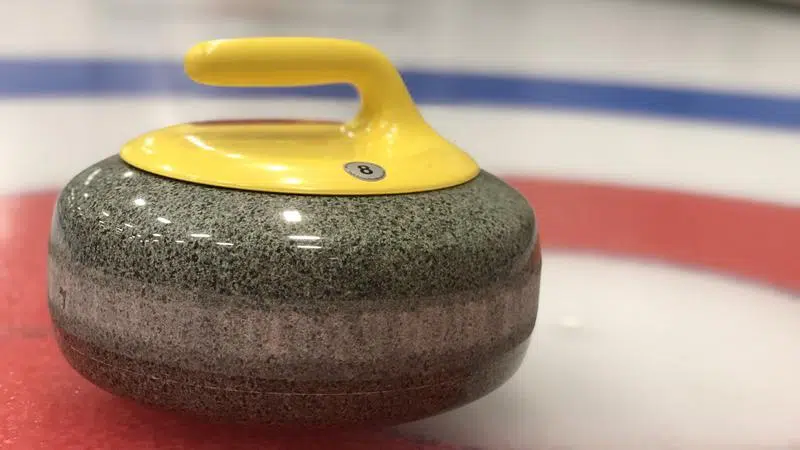
The state of curling in Saskatchewan: It looks pretty from the top
In this three part series, battlefordsNOW will look at small town curling rinks and what organizers, rink operators, curlers and others believe need to be done to grow the game and grab that glimmer back from the glory days of curling.
—
Local curling clubs were once the buzz of small towns.


